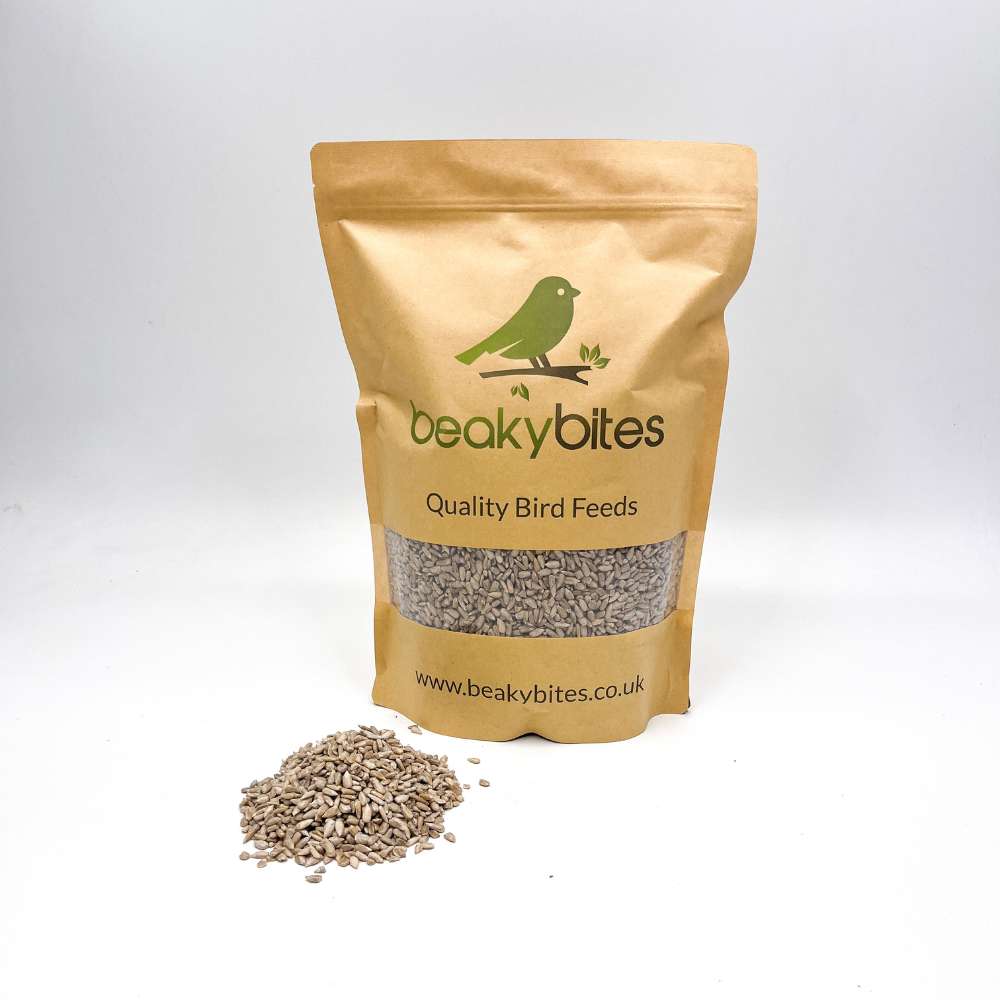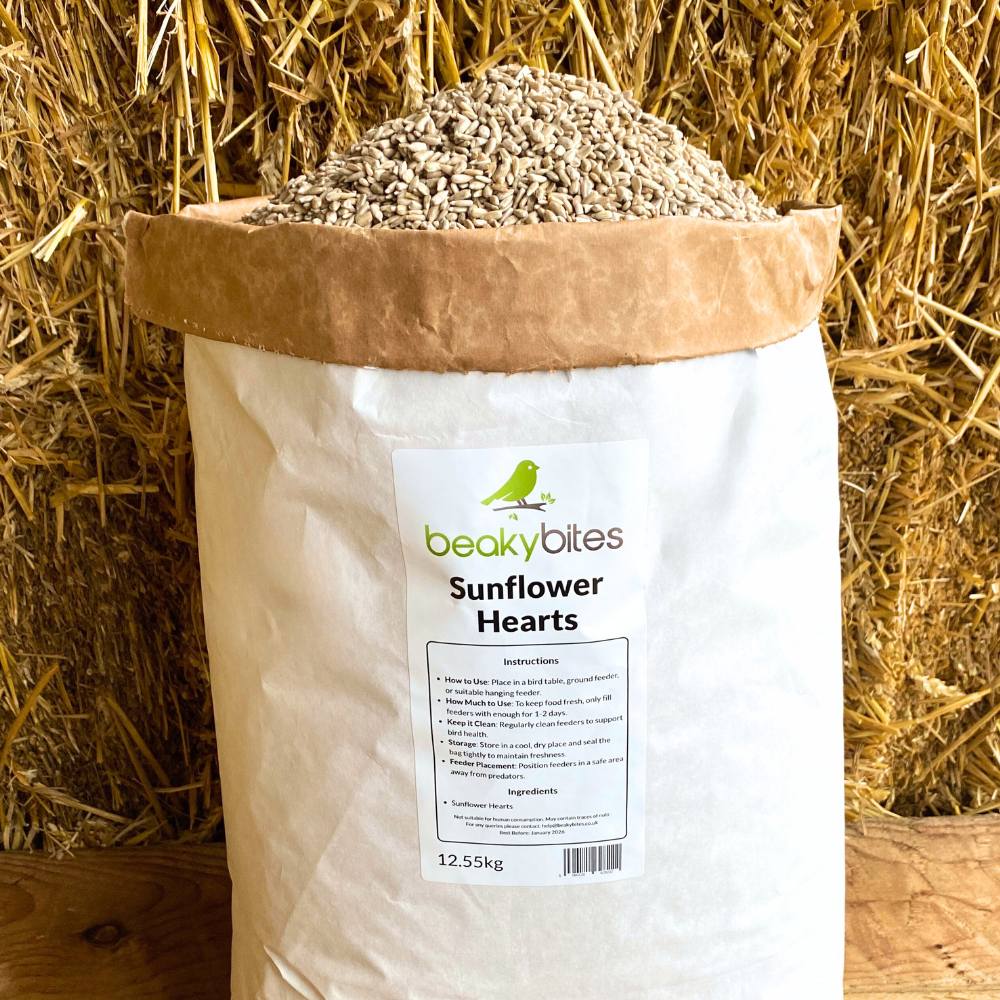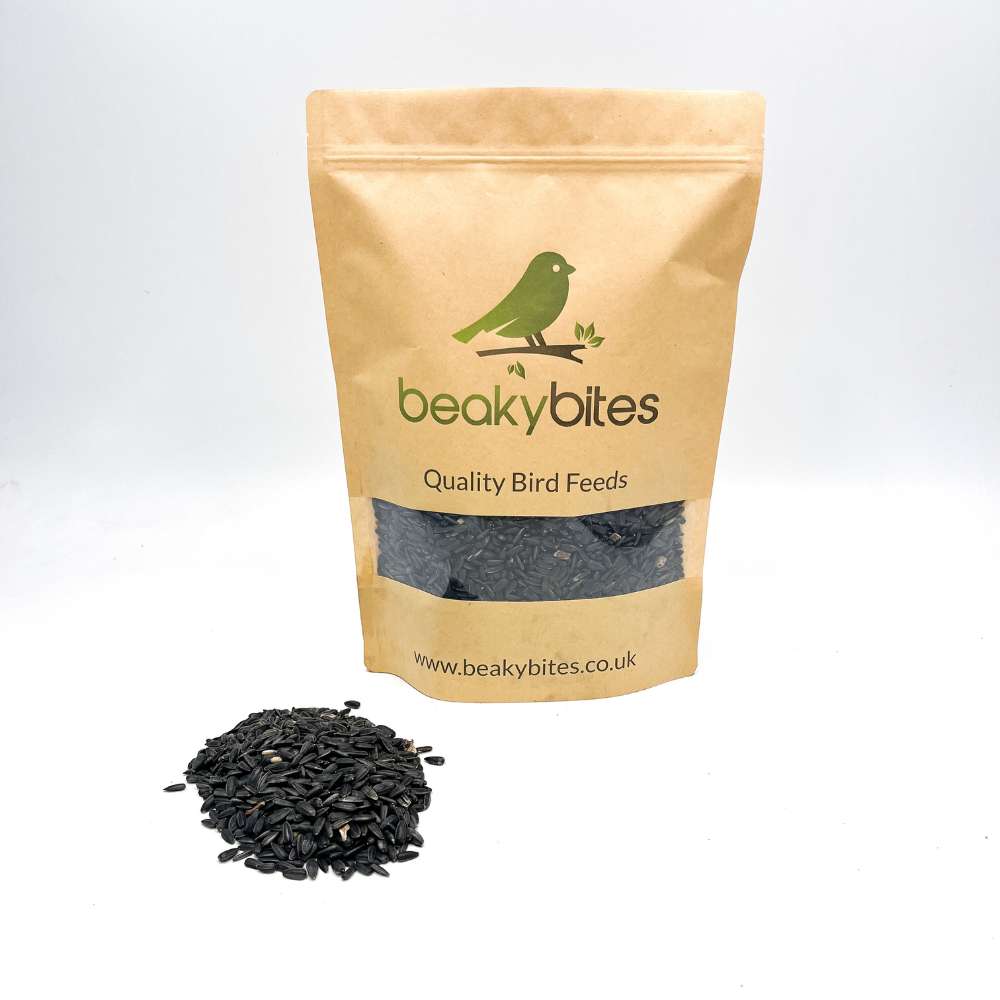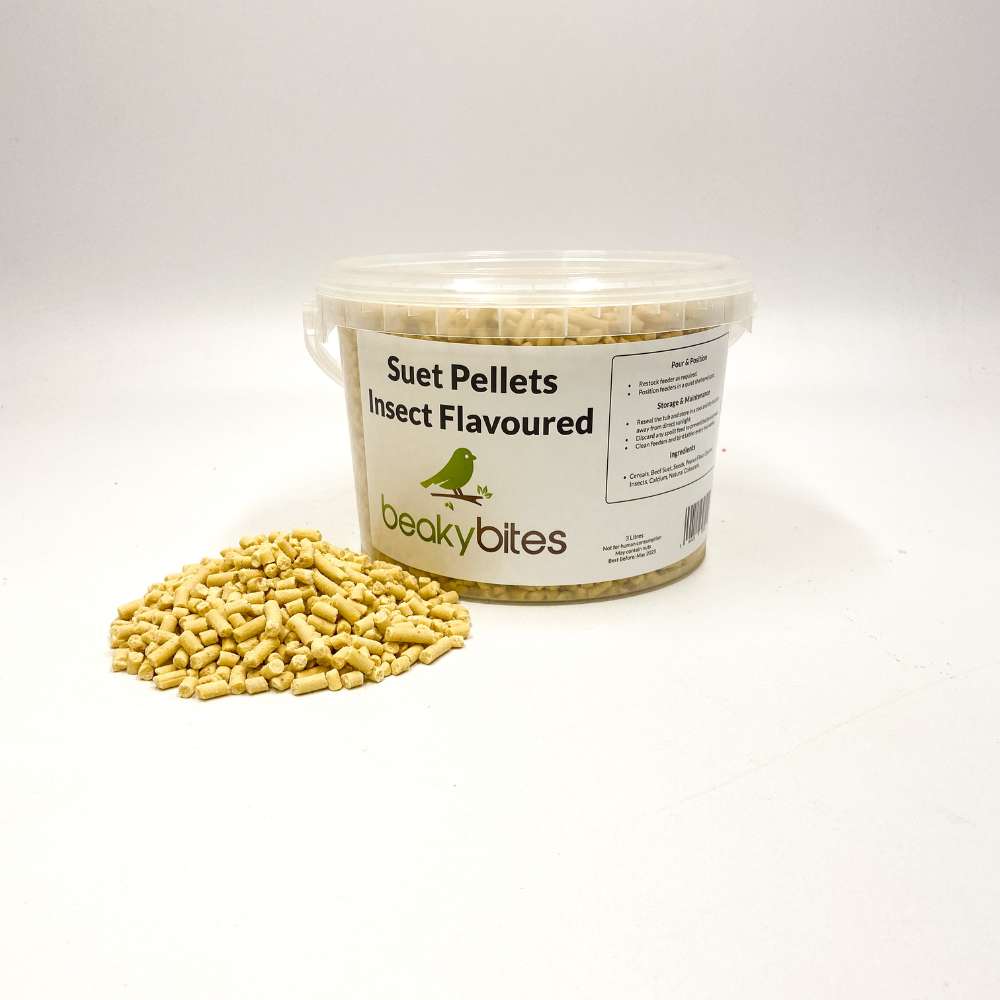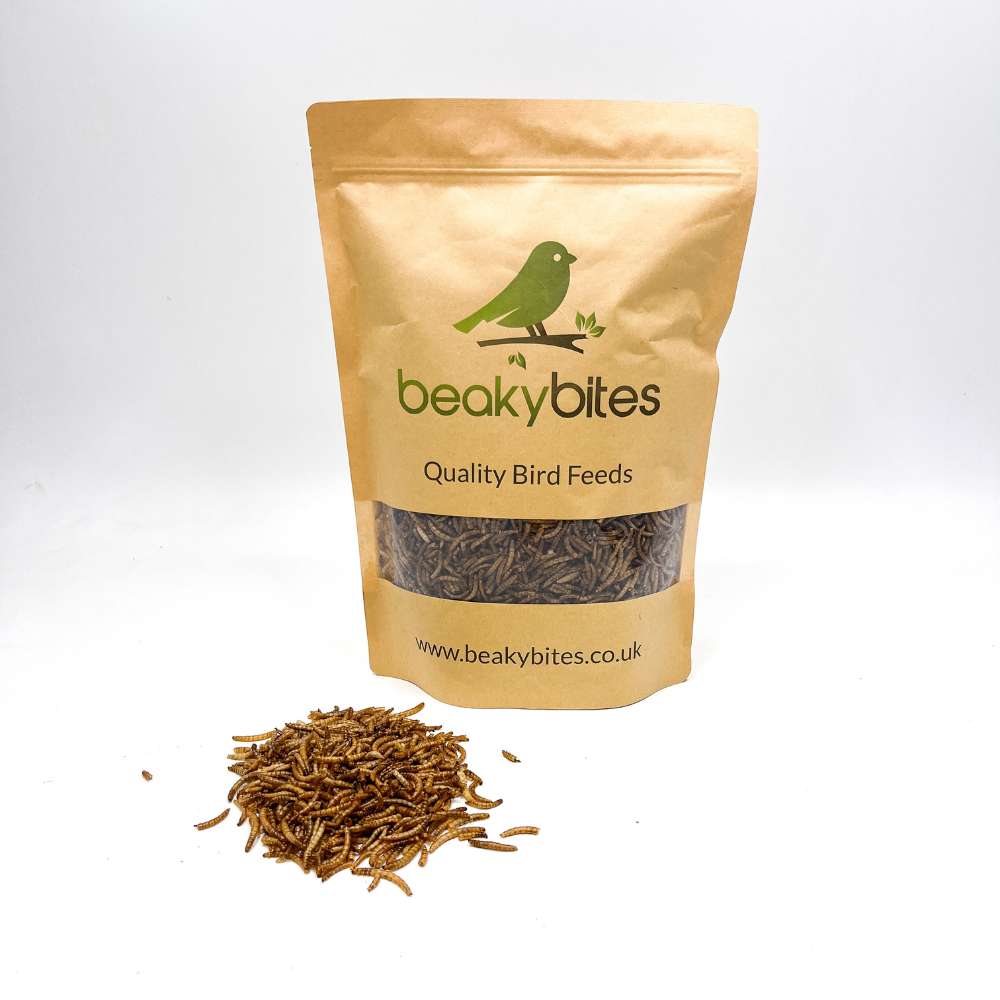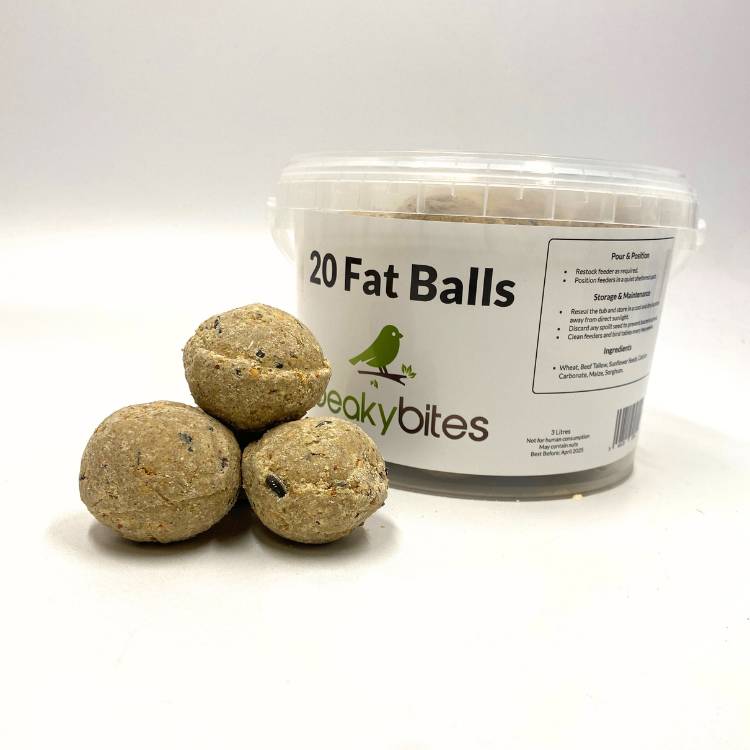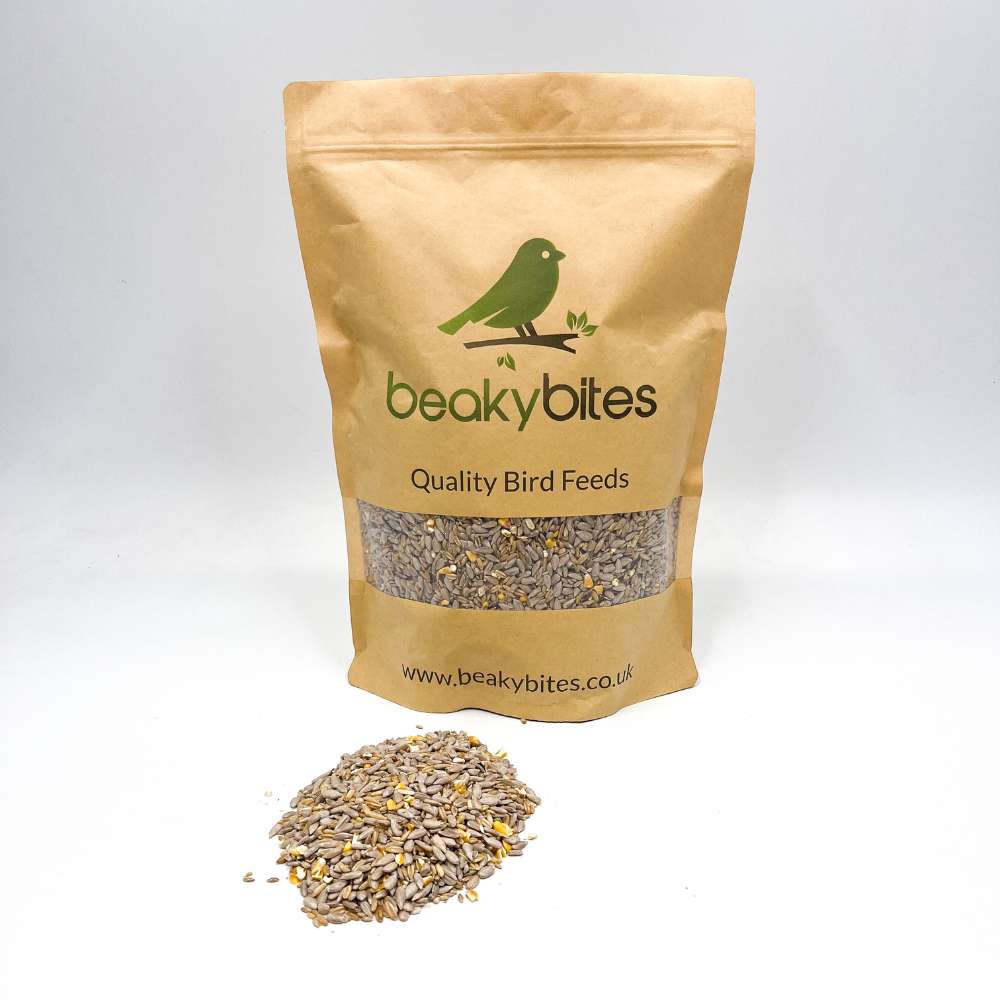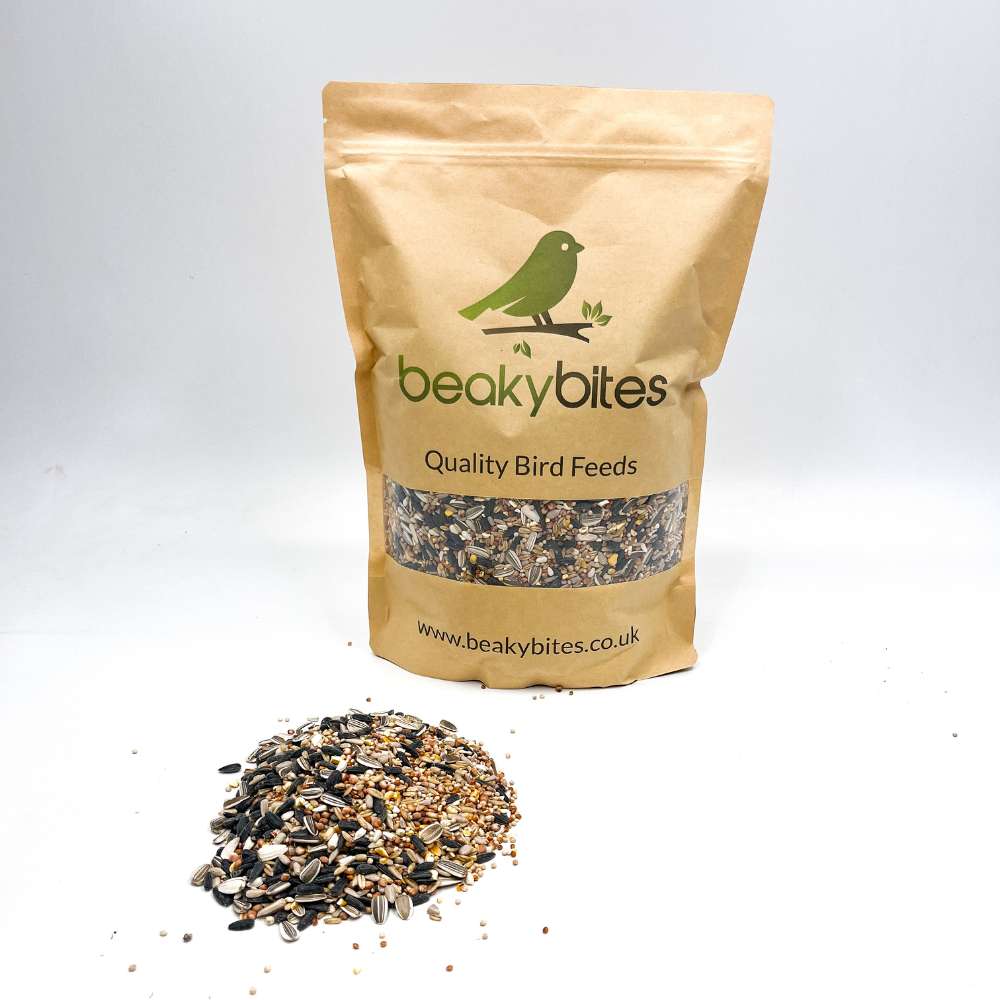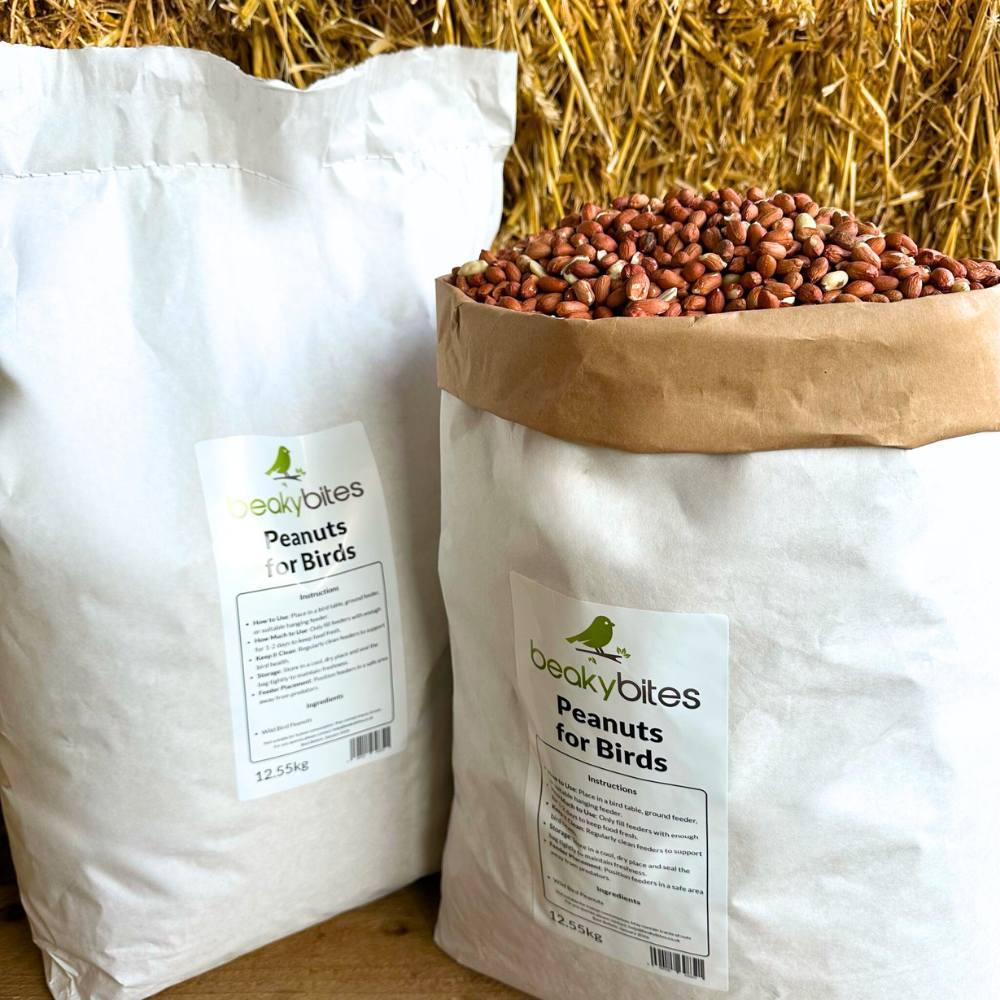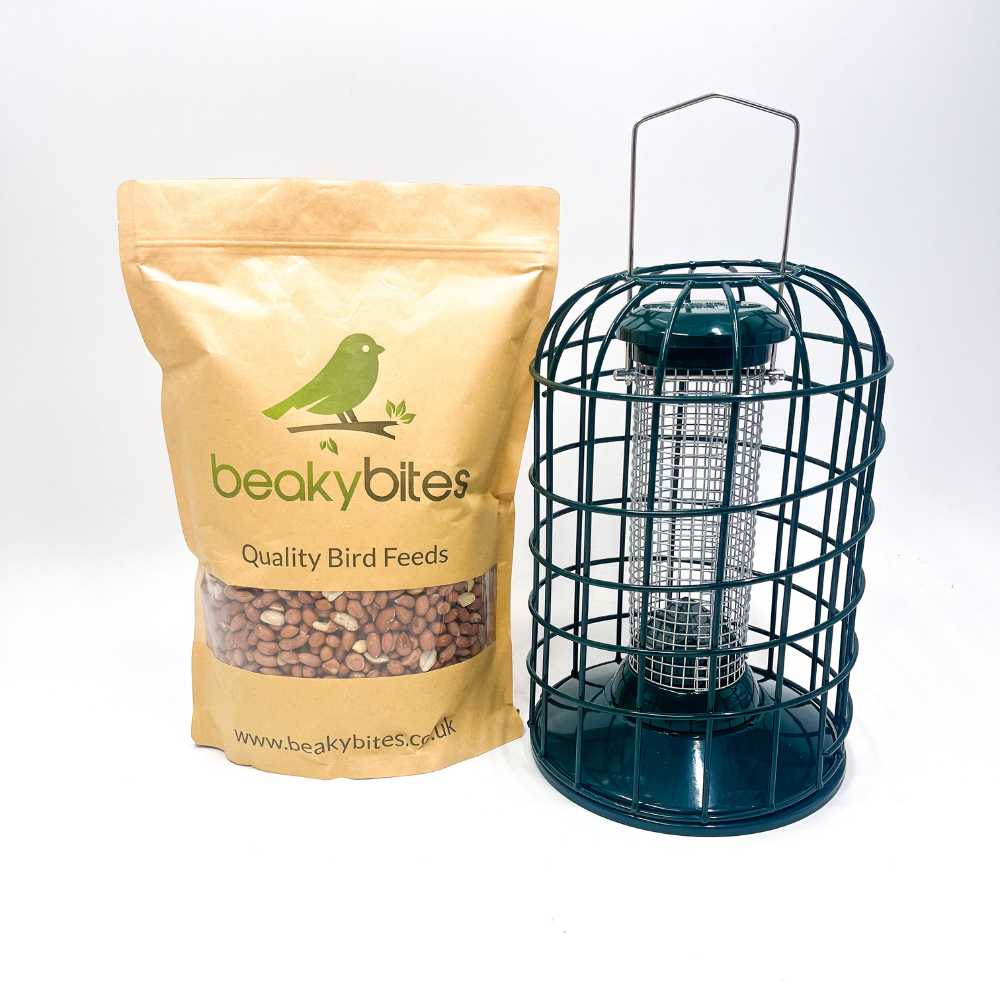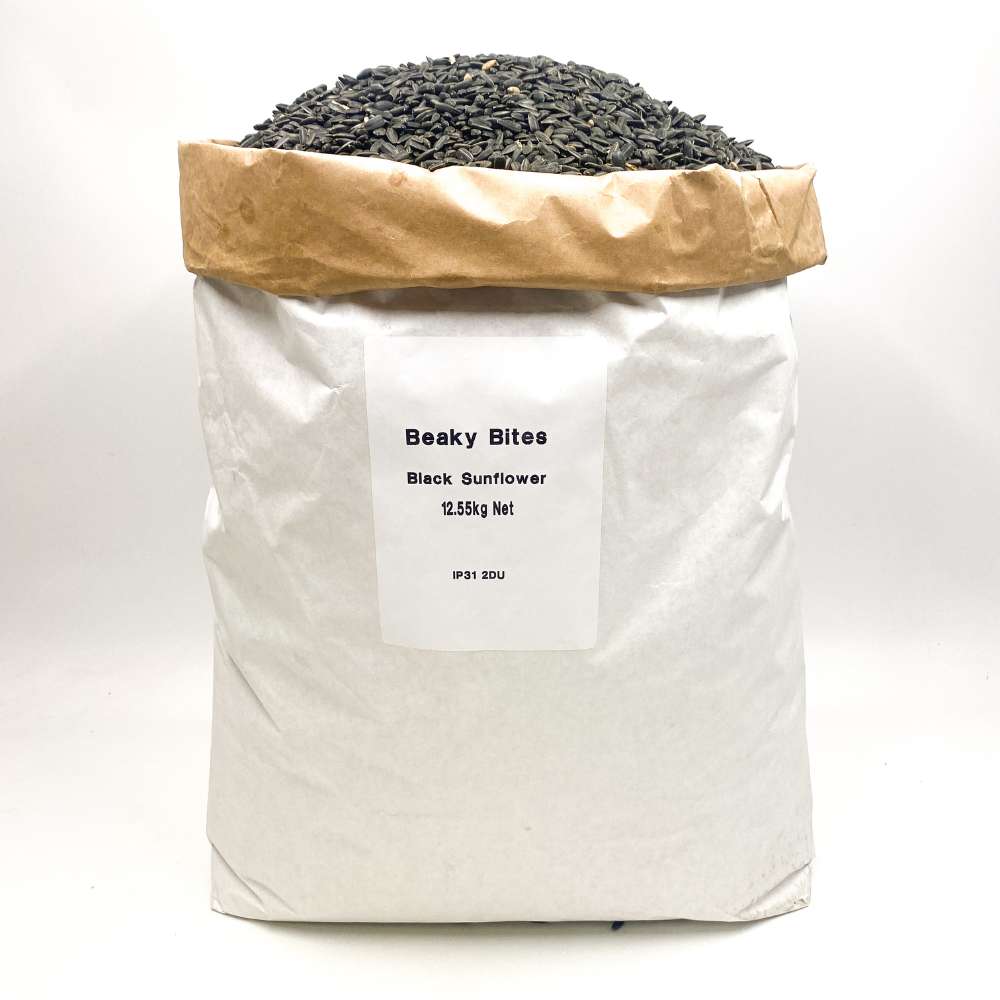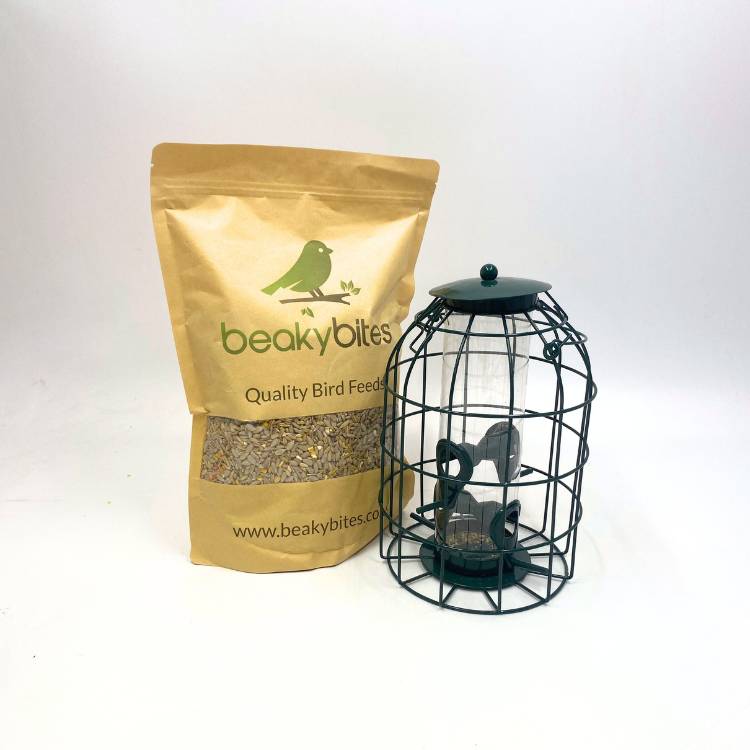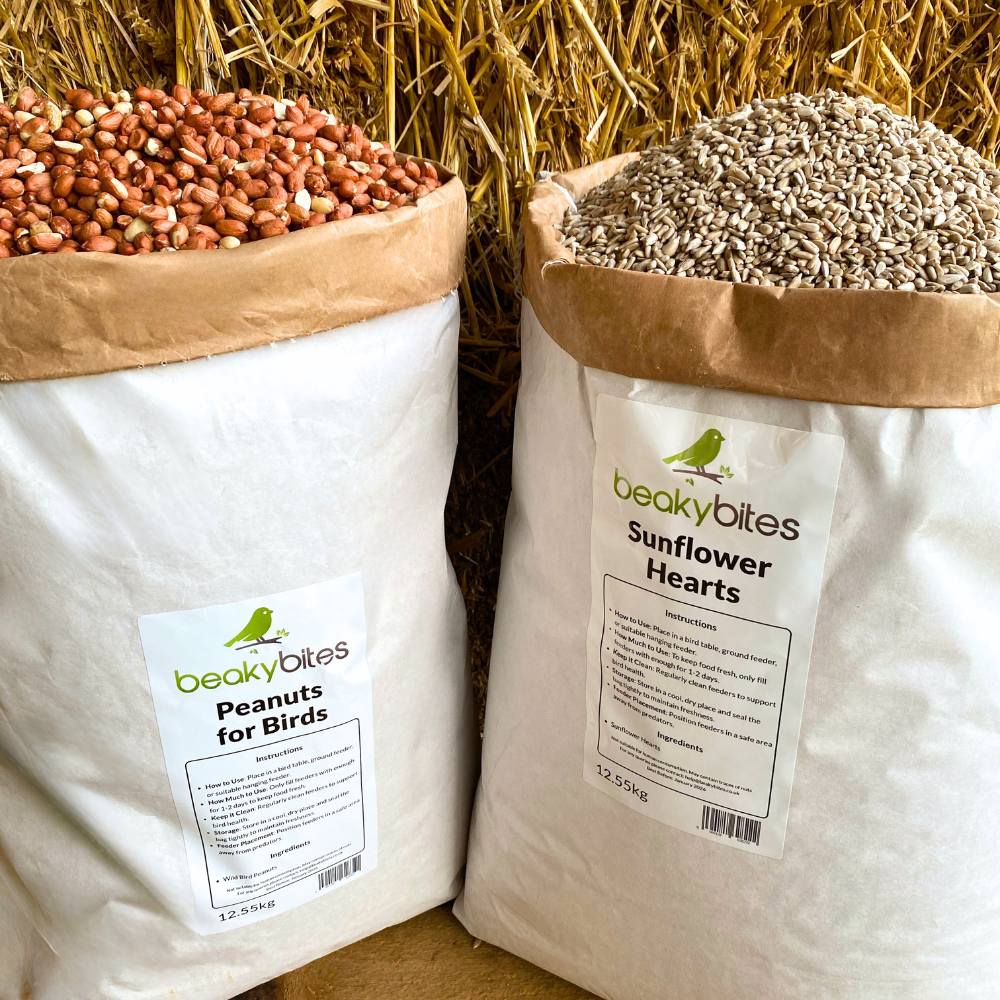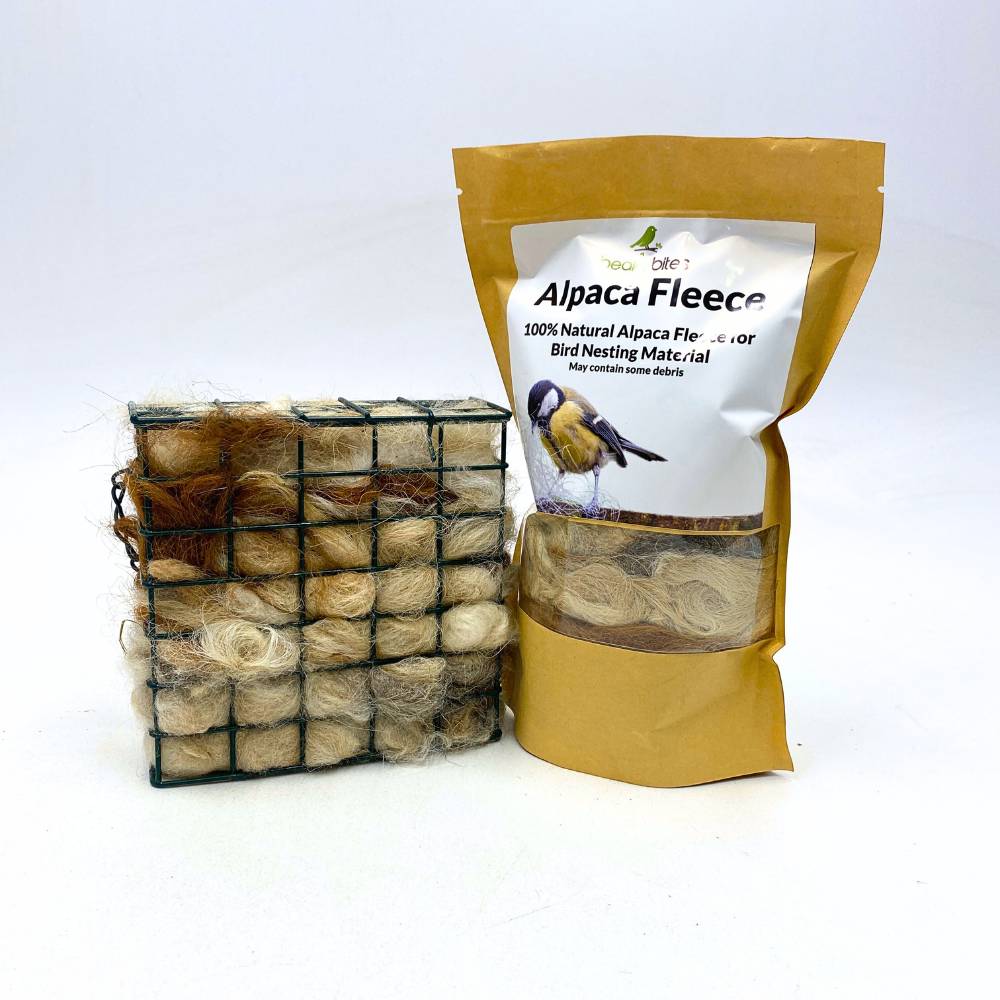Bird Fact File: Bullfinch
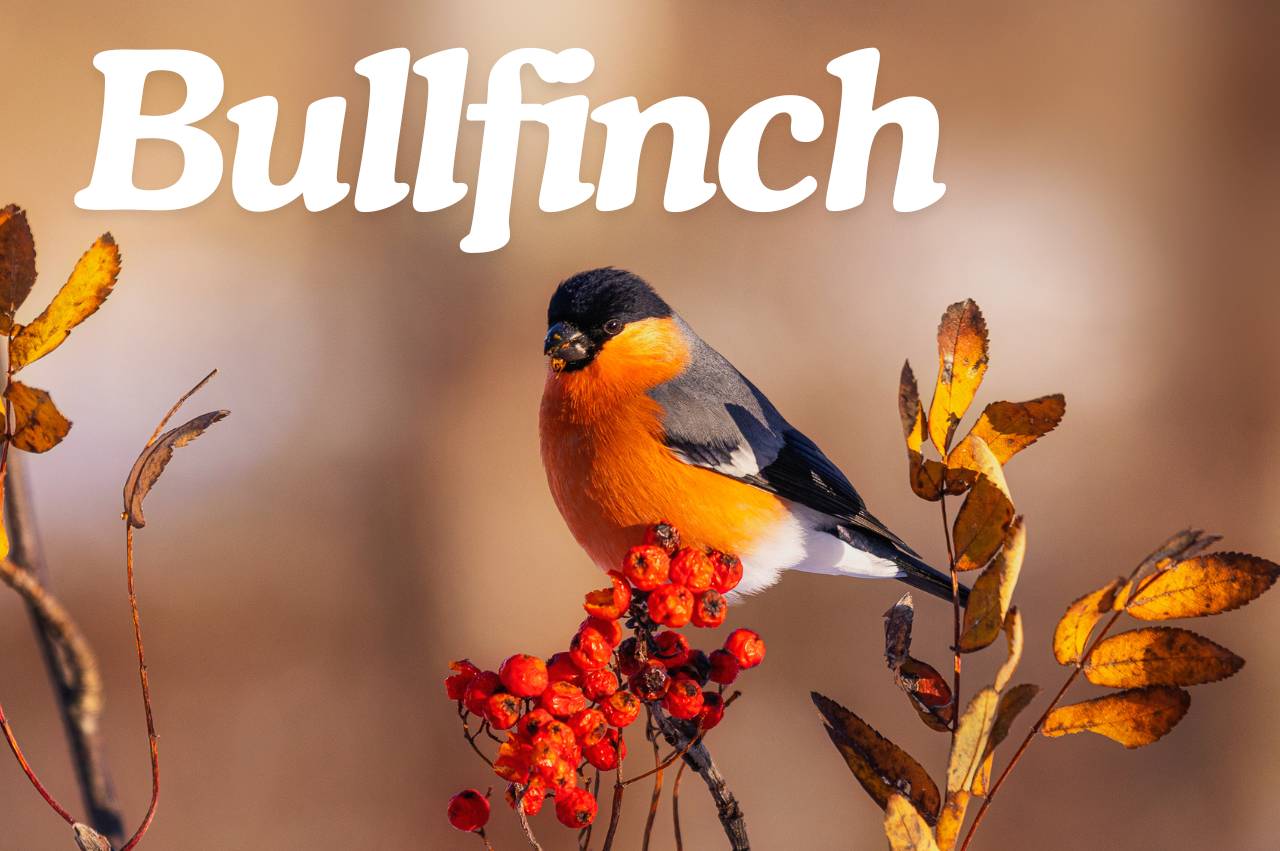
Welcome to our weekly bird guide series brought to you by Beaky Bites! Each week, we'll take a closer look at a beloved UK garden bird to help you better understand and appreciate these amazing birds. From identifying distinct features to discovering their favourite foods and nesting habits, this series aims to provide an overview of our feathered wildlife.
Let's Meet the Bullfinch
Bullfinch Fact File | |
|---|---|
| Size: | 14-16cm, head to tail |
| Wingspan: | 22-26cm |
| Weight: | 22-28g |
| Colours: | Grey, Brown, Orange, Pink/Purple, Blue, Black and White |
| Eggs: | 4-5 eggs per brood |
| Nesting: | Made from thin twigs, moss and a thick layer of roots. |
| Population Status: | Declining |
The bullfinch, found across Europe and Asia, is known for its vibrant plumage in males and its soft, flute-like calls. This distinctive bird thrives in various habitats, including woodlands, orchards, and gardens, making it a cherished sight for bird enthusiasts. The Latin name for the bullfinch is Pyrrhula pyrrhula, and they belong to the Fringillidae family, which includes finches. With approximately 200,000 breeding pairs in the UK, bullfinches are a beloved, though less common, visitor to British gardens.
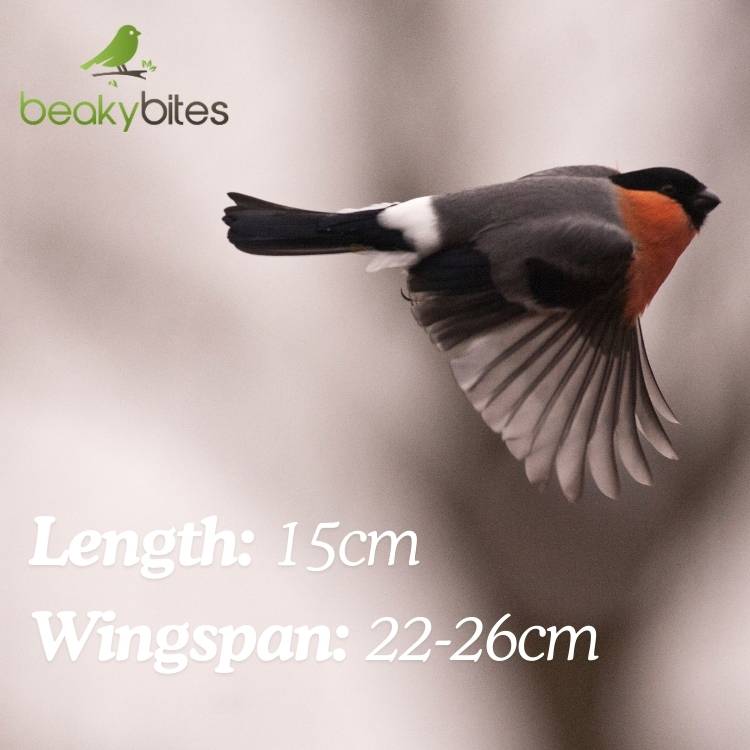
Appearance and Behaviour
Bullfinches are lovely birds and the males are stunning. Males have bright pinkish red breasts and cheeks, black caps, wings and tails and a grey back. Females have greyish brown breasts and cheeks but the black cap and wings are the same as the males. Juveniles are like females but lack the black cap until they mature.
Bullfinches have a varied diet and can be seen eating from hanging feeders where they like sunflower seeds and other small seeds. They also forage naturally, eating buds, berries and insects from trees and shrubs. Their strong, short beaks are perfect for crushing seeds and getting food from tough plant material.
In terms of behaviour, bullfinches are shy and less aggressive than some other garden birds. They will avoid conflict and will often wait until a feeder is less busy before they approach. In British gardens they can be seen in pairs or small family groups rather than large flocks. Bullfinches are territorial, especially during breeding season when they will defend their nesting area from intruders.

Where do They Hang Out and Eat?
Bullfinches are opportunistic feeders, seen moving through trees and shrubs looking for food. Their diet changes with the seasons so they can adapt to what’s available. In spring and summer they eat buds from trees and shrubs and insects like aphids and caterpillars for protein for growth and breeding.
As the seasons change and insects disappear bullfinches switch to a more plant based diet in autumn and winter. They eat seeds from various plants including dandelions, nettles and birches. Berries from hawthorn, rowan and other berry producing plants become important food sources. Bullfinches will visit bird feeders and prefer sunflower seeds and other small seeds.
With these feeding habits bullfinches are occasional visitors to gardens where they forage in trees and shrubs. A mix of seeds and berries will attract them especially in the colder months when natural food is scarce. Watching a bullfinch delicately extracting seeds from a feeder or munching on berries is a lovely sight.
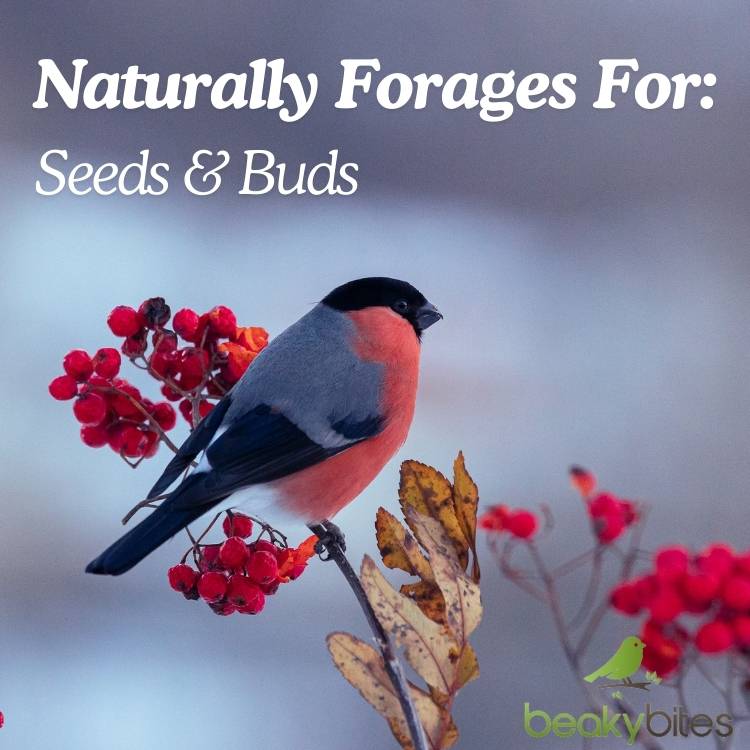
Breeding and Nesting
Bullfinches breed from late April to early August with one to two broods a year. Weather and food availability can affect the number of broods and the adults ability to feed their young. Females lay 4-5 eggs which hatch after 14 days and the chicks are fed seeds and insects until they leave the nest after 2 weeks.
Bullfinches are also territorial and will defend their nesting areas fiercely during breeding. Once a pair have a territory they will hold it for the whole breeding season but may wander further afield in search of food after the last brood fledges.
Females build their nests with twigs, moss and lichens and line them with fine roots and hair. Nests are in dense shrubs or trees so the young have somewhere to hide before they are ready to fledge and go out on their own.
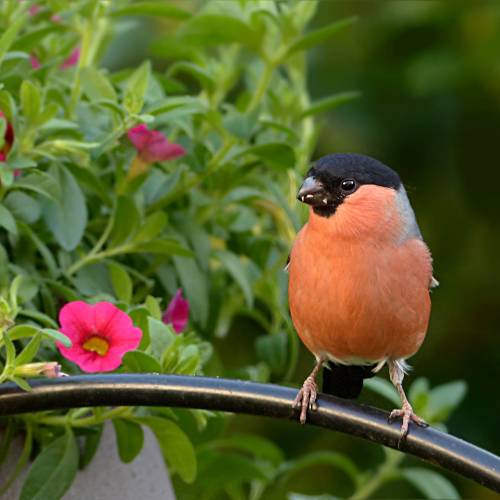
Attracting Them to Your Garden
Bullfinches eat seeds and buds so you can replicate that in your bird feeders. To attract bullfinches focus on food and nesting sites. Providing good quality nesting sites, either in dense shrubs or man made brushwood piles will encourage them to settle and claim the area as their territory.
As they are territorial during breeding season ensuring a constant food and water supply is key. This will help the adults to maintain their territory and the young as they grow. With breeding season running through summer a reliable food source is essential for raising healthy chicks.
Two feeds are best for bullfinches. Sunflower seeds provide the energy and nutrients and a Berry and Seed Mix provides the sweetness of berries and small seeds for both fledglings and adults. To make your garden more attractive plant native shrubs and trees like hawthorn, rowan and blackthorn which produce the buds and berries they forage naturally. Dense foliage provides plenty of nesting sites and shelter, a bullfinch friendly environment.

Conclusion
Creating a bullfinch-friendly garden involves providing natural food sources, suitable nesting sites, and a consistent supply of bird feed. By making these small changes, you can attract these vibrant and charming birds, adding both colour and life to your outdoor space.
Whether you're a seasoned bird watcher or a newcomer to the hobby, enjoying the company of Bullfinch is a rewarding experience. Keep an eye out for next week's post, where we'll explore another amazing UK garden bird!
Frequently Asked Questions
What is the habitat of the bullfinch?
- Answer: Bullfinches inhabit woodlands, hedgerows, orchards, and gardens with dense shrubs and trees.
How can you distinguish between male and female bullfinches?
- Answer: Males have bright pinkish-red breasts and cheeks, while females are greyish-brown.
Are bullfinches migratory birds?
- Answer: Bullfinches are mostly resident but may partially migrate in harsh winters.
How do bullfinches communicate with each other?
- Answer: Bullfinches use soft whistles and complex songs for communication.
How long do bullfinches live in the wild?
- Answer: Bullfinches typically live 2 to 3 years in the wild.


